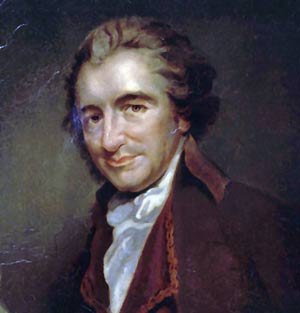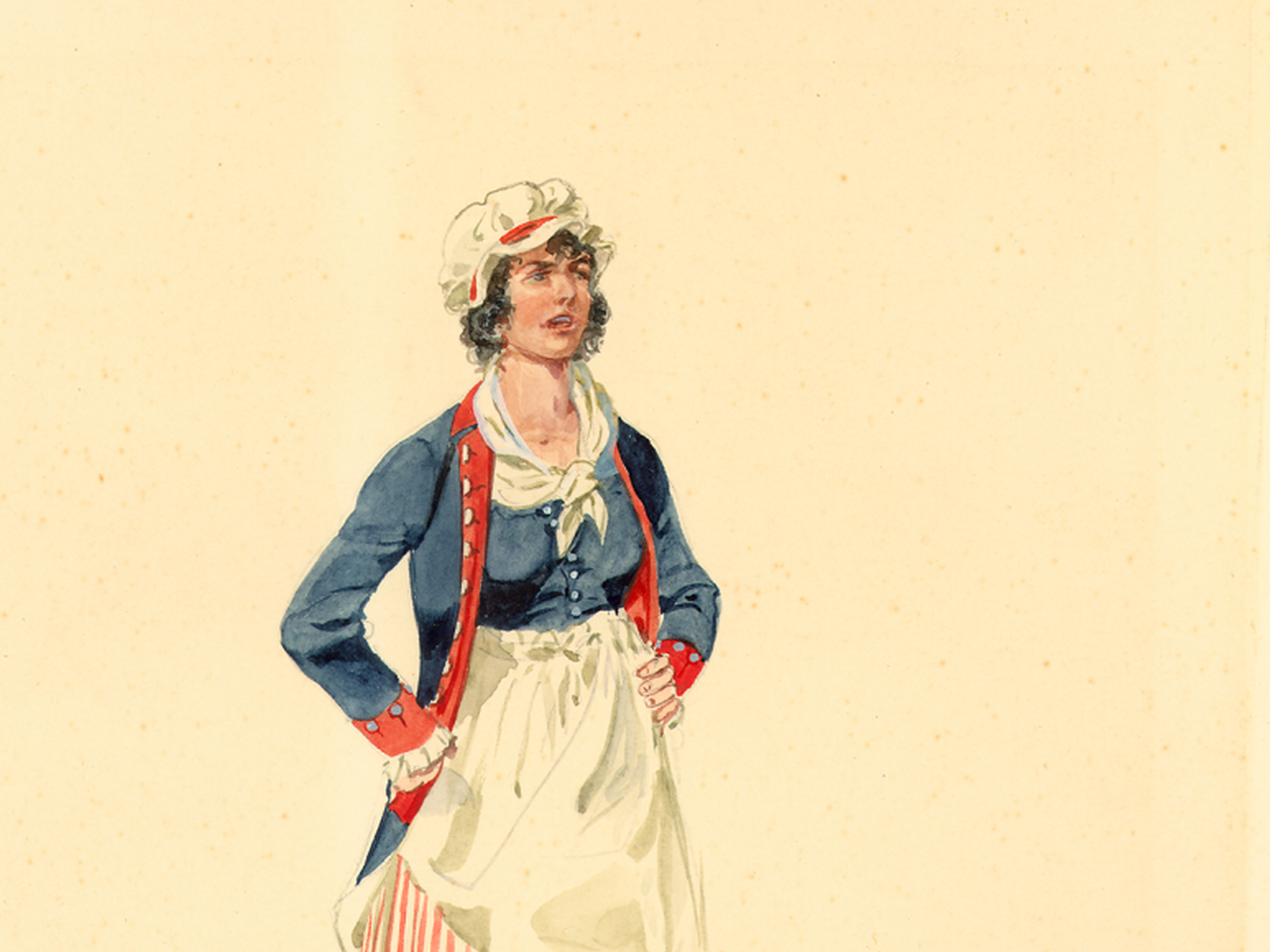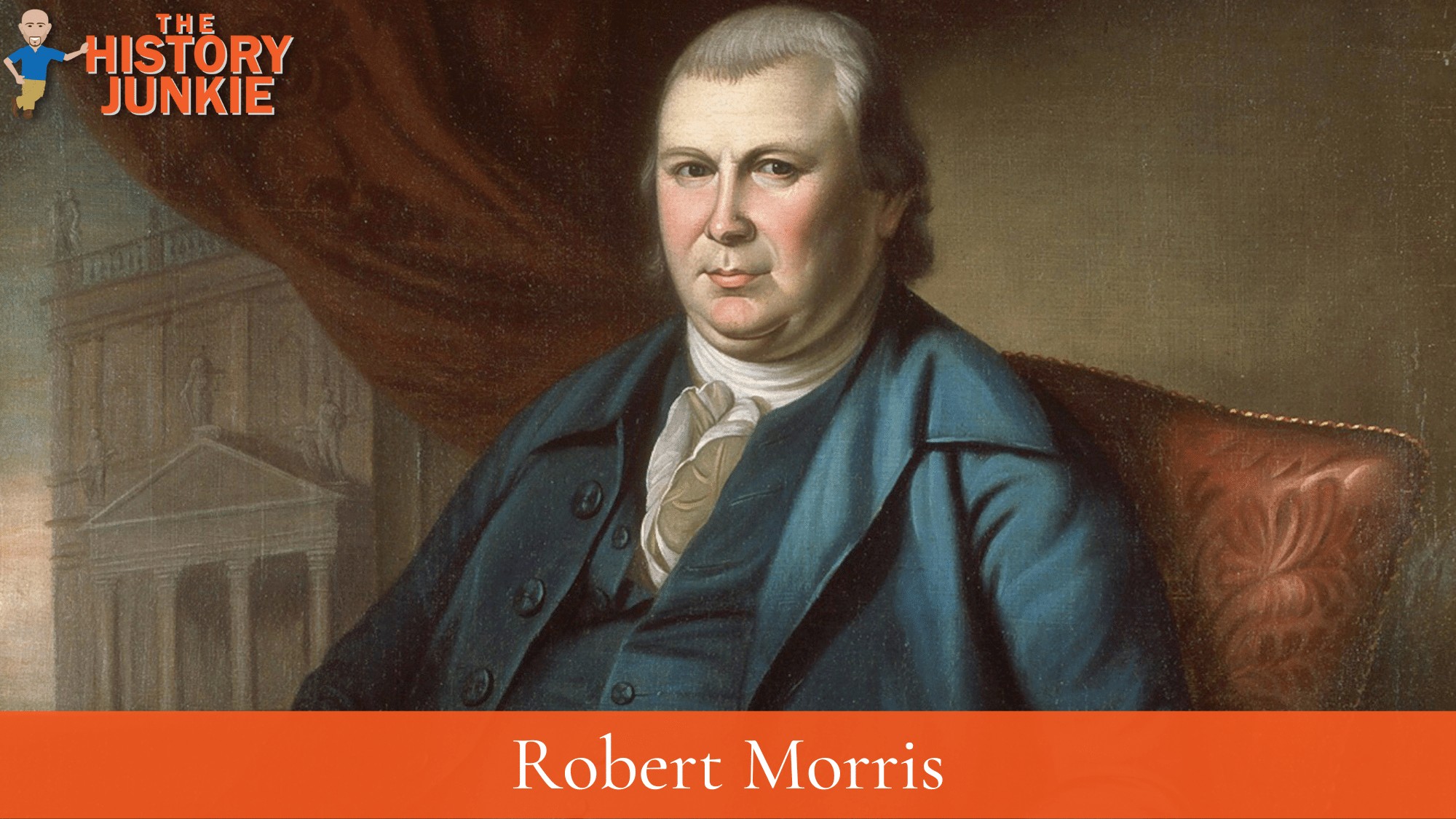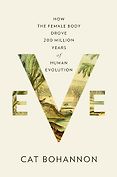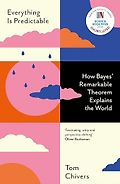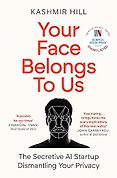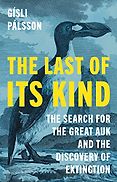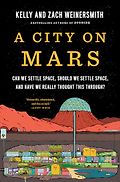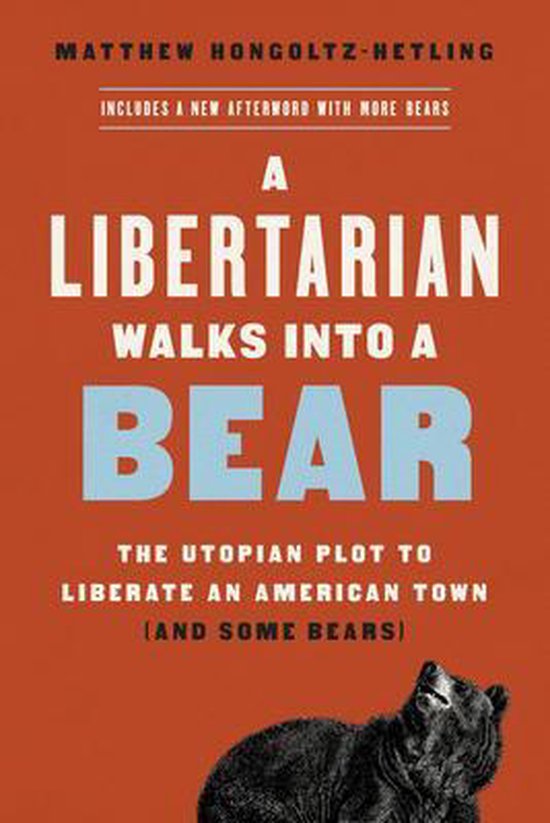Discover Pandipedia
Pandipedia is the world's first encyclopaedia of machine generated content approved by humans. You can contribute by simply searching and clicking/tapping on "Add To Pandipedia" in the answer you like. Learn More
Expand the world's knowledge as you search and help others. Go you!
:max_bytes(150000):strip_icc()/apple-airpods-pro-a4b716be9eb84344b0a051172d2ff8b4.jpg)


Le Creuset Signature Enamelled Cast Iron Round Casserole Dish
Current discount up to 35% off on Amazon[5].

Shark PowerDetect Clean & Empty Cordless Vacuum Cleaner
Current discount of £150, featuring self-emptying capabilities[5].





Let's look at alternatives:
- Modify the query.
- Start a new thread.
- Remove sources (if manually added).
- Request a manual search from our human research team.
NuWave OxyPure
The best air purifier for large rooms, featuring a high clean-air delivery rate and an advanced multi-stage filtration system with primarily washable parts to reduce ownership costs[1].
Honeywell HPA300
A highly rated air purifier at a lower price, with a two-stage filtration system that effectively handles large spaces but without Wi-Fi connectivity[1].
Winix 5500-2
An affordable option that captures allergens well with its multi-stage filtration system, although it has a modest clean air delivery rate compared to high-end models[1].
Sharp Air Purifier (FP-J80M-H)
Features Plasmacluster Technology and a Spot Mode that targets contaminants, ideal for spacious areas like offices and living rooms[2].
Philips Air Purifier
Utilizes smart sensing technology to monitor indoor pollution and is equipped with a NanoProtect HEPA filter to capture ultra-fine particles[2].
Coway Air Purifier
The top-selling air purifier under 30000 INR, known for its effective HEPA filter that removes 99.99% of viruses and allergens from the air[2].

Dyson Purifier Cool TP07
Offers HEPA filtration, Wi-Fi connectivity, and various modes for effective purification and air distribution, suitable for most households[3].

Dyson Purifier Big+Quiet Formaldehyde BP03
Designed for large spaces, it has a supersized HEPA filter and captures pollutants with low operating noise levels[3].
Daikin MC40XVM6 Air Purifier
Features Streamer Discharge technology, operates at a low sound level, and offers lifetime HEPA filter replacement[2].
Beurer LR210 Air Purifier
Equipped with a smart filtration system that includes a pre-filter and HEPA H13 filter, designed for bedrooms and nurseries, with a Sleep Mode function[2].
Levoit Core 600S
A smart alternative to Honeywell with Wi-Fi connectivity; it offers a marginally lower clean air delivery rate[1].
Levoit Vital 200S
Comparable to the Winix, it features a similar clean air delivery rate but lacks formal HEPA certification on its main filter[1].

Dyson Purifier Hot+Cool Gen1 HP10
Combines air purification, heating, and cooling functionalities, making it a versatile appliance for various needs[3].
HP Air Purifier with UV LED
Uses a 5-stage filtration and is compatible with voice assistants, capable of removing harmful bacteria and allergens[2].
Sharp Professional Air Purifier
Operates on low noise levels and traps up to 99.97% impurities with its triple filter protection[2].

Cubii JR1+ Bundle Under Desk Elliptical
Though primarily an exercise device, its compact design makes it suitable for maintaining activity while ensuring good air quality by operating alongside an air purifier[4].
Let's look at alternatives:
- Modify the query.
- Start a new thread.
- Remove sources (if manually added).
- Request a manual search from our human research team.
Get more accurate answers with Super Search, upload files, personalised discovery feed, save searches and contribute to the PandiPedia.
Event Overview
On November 24, 2023, a highly anticipated boxing match took place at AT&T Stadium in Arlington, Texas, featuring the iconic former heavyweight champion Mike Tyson, aged 58, against the controversial YouTuber-turned-boxer Jake Paul, 27. The fight was marked by its unusual pairing and vast celebrity attendance, encapsulating the intersection of traditional boxing and modern celebrity culture. The event drew around 72,300 spectators and was streamed live on Netflix, marking the platform's entry into live sports broadcasting[1][3][4][6].
A Clash of Eras

The combatants symbolize two distinct eras in boxing. Mike Tyson, known for his ferocious style and intimidation, has a legacy built during the late 1980s when he reigned as the undisputed champion. This match was Tyson's first official fight since 2005, following a lengthy retirement and a previous exhibition bout in 2020[9][10]. On the other hand, Jake Paul represents a new wave of influencers using platforms like YouTube to create alternate pathways to fame and success in boxing, challenging the sport's traditional merits[6][11].
Paul’s victory over Tyson, achieved by unanimous decision, has been polarizing. Scores were recorded at 80-72 and 79-73, revealing Paul’s dominance in terms of activity and strikes landed—he hit 78 punches to Tyson's 18 throughout the fight[3][12]. The event exemplifies the increasing trend where celebrity status can sometimes overshadow athletic merit in professional sports[11].
Financial Motives and Cultural Significance
The financial implications of the bout were substantial. Tyson was expected to earn around $20 million, while Paul’s purse was estimated at $40 million[4][9]. This financial excitement ties into a broader trend where celebrity boxing—often criticized for lacking genuine competition—delivers massive payouts that attract viewers and participants alike. Notably, Paul emphasized making a lucrative career from his matches, stating, 'I’m here to make $40 million and knock out a legend'[6].
This convergence of celebrity and boxing is not without controversy. Critics argue that such matchups undermine the sport's integrity, as seen when Eddie Hearn called the phenomenon 'dangerous' and 'disrespectful to the sport of boxing'[6][11]. The match's reception was mixed, with viewers expressing disappointment over Tyson's performance and questioning the appropriateness of sanctioning such bouts involving aging fighters like him[12].
The Fight Night Experience

The night featured a star-studded audience, including notable figures from sports and entertainment, reflecting how celebrity culture has infiltrated boxing. From actors to boxing legends, the event served as a spectacle as much as a sporting competition[2][4]. However, the fight itself unfolded under less favorable conditions, with Tyson appearing sluggish and unable to demonstrate the power that once made him a feared competitor[8][10][12].
Paul managed to dictate the pace of the fight, utilizing his youth and agility to avoid Tyson's slower strikes. Critics noted that a lack of urgency from Paul suggested an unspoken understanding of the stakes at play, as he didn't want to severely injure a man significantly older than him[10]. Post-fight, Paul commented on his reluctance to hurt Tyson, acknowledging the honor of sharing the ring with an icon while hinting at the fear that came with facing a legend[10][12].
Reflection on Boxing's Future
The clash between Jake Paul and Mike Tyson raises crucial questions about the future of boxing and its evolving nature amid the rise of celebrity culture. As seen with other crossover bouts—like Mayweather vs. McGregor—the successful commercialization of boxing through celebrity matchups could potentially reshape the sport’s landscape[6][11]. While such events attract fans and generate revenue, they also pose risks of diluting talent and commitment expected in professional sports.
Ultimately, this fight encapsulates the ongoing transformation within boxing, balancing traditional skills against the backdrop of modern entertainment dynamics. It underscores how celebrity boxing might be seen as both a threat to the sport's legacy and an opportunity for reinvention within a hyper-competitive entertainment environment. The reactions to this fight, alongside its broader implications, will likely spark continued debate within boxing circles about the role of celebrity in the ring[11][12].
Let's look at alternatives:
- Modify the query.
- Start a new thread.
- Remove sources (if manually added).
- Request a manual search from our human research team.
George Washington
Commander in Chief of the Continental Army who led American forces to victory in the Revolutionary War and became the first President of the United States[1][3].
Thomas Jefferson
Principal author of the Declaration of Independence and third President of the United States; a key proponent of individual liberties and democracy[3][4].
Benjamin Franklin
Founding Father and diplomat who played a critical role in securing French support during the Revolutionary War and helped draft the Declaration of Independence[1][3][4].
John Adams
Influential advocate for independence, member of the Committee of Five that drafted the Declaration, and the second President of the United States[1][3][5].
Alexander Hamilton
Founding Father who served as an aide to Washington and was the first Secretary of the Treasury; co-author of the Federalist Papers[1][3][4].
Samuel Adams
Leader of the Sons of Liberty and a key figure in events leading up to the Revolution, including the Boston Tea Party[3][4][5].
Marquis de Lafayette
French military officer who supported the American cause and became a major general in the Continental Army[1][3][4][5].
James Madison
Author of the Constitution and the Bill of Rights, and the fourth President of the United States[1][3].
Crispus Attucks
Considered the first American casualty of the Revolutionary War, he was killed during the Boston Massacre[1][3][4].
Paul Revere
Silversmith and patriot known for his midnight ride to alert colonists of British troop movements[1][2][3].
Benedict Arnold
Initially a hero of the Revolution, he is infamous for his later betrayal when he attempted to surrender West Point to the British[1][3][5].
Nathanael Greene
Highly regarded officer and strategist in the Continental Army, known for his leadership in the Southern theater of the war[1][5].
General Charles Cornwallis
British general whose surrender at Yorktown effectively ended the Revolutionary War[1][3][5].
Thomas Paine
Political activist and author of the influential pamphlet 'Common Sense,' advocating for American independence[1][3][4].
Margaret Corbin
Patriot who took over a cannon during battle after her husband was killed, later awarded a military pension[1][3].

John Laurens
Aide to Washington who advocated for the enlistment of slaves in exchange for their freedom[1][3][4].
Mary Ludwig Hays (Molly Pitcher)
Recognized for her role in bringing water to troops and taking over her husband's cannon during battle[3][4][5].
Robert Morris
Financier of the American Revolution who played a crucial role in stabilizing the Continental Army’s funding[5].
Let's look at alternatives:
- Modify the query.
- Start a new thread.
- Remove sources (if manually added).
- Request a manual search from our human research team.

Experts were paid up to $5000 for each question that was accepted to the Humanity’s Last Exam benchmark[1]. While this benchmark still has significant headroom at the time of writing (June 2025), performance on it has improved significantly over the space of a few months[1].
The best models were achieving just a few percent accuracy on it when it was initially published in early 2025[1]. When one considers agentic systems, which are able to tackle problems for longer and which have access to tools and self critique, the complexity of benchmarks required to measure performance also increases dramatically[1].
Let's look at alternatives:
- Modify the query.
- Start a new thread.
- Remove sources (if manually added).
- Request a manual search from our human research team.
Let's look at alternatives:
- Modify the query.
- Start a new thread.
- Remove sources (if manually added).
- Request a manual search from our human research team.
Get more accurate answers with Super Search, upload files, personalised discovery feed, save searches and contribute to the PandiPedia.
Let's look at alternatives:
- Modify the query.
- Start a new thread.
- Remove sources (if manually added).
- Request a manual search from our human research team.
Let's look at alternatives:
- Modify the query.
- Start a new thread.
- Remove sources (if manually added).
- Request a manual search from our human research team.

Buffett's main topic in the 2025 letter to shareholders was the performance of Berkshire Hathaway in 2024, noting that it exceeded his expectations despite 53% of the 189 operating companies reporting a decline in earnings[1].
Let's look at alternatives:
- Modify the query.
- Start a new thread.
- Remove sources (if manually added).
- Request a manual search from our human research team.
Eve: How the Female Body Drove 200 Million Years of Human Evolution
This book discusses the significant role of female anatomy and physiology in the evolutionary history of mammals, aiming to correct the male-centric bias that has dominated scientific understanding[1][4].
Everything Is Predictable: How Bayes’ Remarkable Theorem Explains the World
Tom Chivers offers insights into Bayesian statistics, exploring how this statistical method is vital in various modern applications[1][4].
Your Face Belongs to Us: The Secretive Startup Dismantling Your Privacy
Kashmir Hill investigates the implications of Clearview AI and its facial recognition technology on privacy, making a compelling case for understanding the repercussions of these advancements[1][3].
The Last of Its Kind: The Search for the Great Auk and the Discovery of Extinction
Gísli Pálsson chronicles the extinction of the great auk, offering a profound look at human-induced extinction through historical accounts and personal narratives[1][4].
Why We Die: The New Science of Ageing and the Quest for Immortality
Venki Ramakrishnan explores the biology of aging and the latest research focused on healthspan and lifespan extension, provoking thought about mortality and the implications of anti-aging research[1][4].
A City on Mars: Can We Settle Space, Should We Settle Space, and Have We Really Thought This Through?
Kelly and Zach Weinersmith examine the feasibility and challenges of human settlement on Mars in a humorous yet informative manner, blending science with engaging narrative[1][3][4].

The Joy of Science
Jim Al-Khalili presents eight lessons on living a rational life, emphasizing the benefits of scientific thinking in everyday situations[2].

Insectpedia
An entertaining and informative A-Z formatted encyclopedia of insect lore and entomology, filled with illustrations and curious facts about various species[2].
Geopedia: A Brief Compendium of Geologic Curiosities
This illustrated book explores geologic wonders and human interaction with them, combining humor and scientific insight[2].
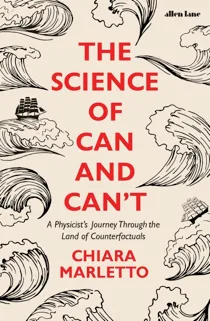
The Science of Can and Can’t
Chiara Marletto discusses the concept of counterfactuals in physics and their importance in understanding the laws of nature[2].

Always On: Hope and Fear in the Social Smartphone Era
Rory Cellan-Jones examines the dual impact of smartphones on our daily lives, discussing both the benefits and the encroachments they make on our privacy[2].
Be Who You Want: Unlocking the Science of Personality Change
Dr. Christian Jarrett discusses the science behind personality change and how people can alter traits to become who they aspire to be[2].

The Motherhood Complex
Melissa Hogenboom explores the physical and psychological changes that accompany motherhood, delving into how these experiences affect women's identities[2].
Shape: The Hidden Geometry of Absolutely Everything
Jordan Ellenberg reveals the real-world applications of geometry, connecting it to diverse fields like finance and politics[2].
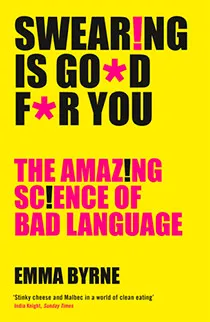
Swearing Is Good For You
Emma Byrne analyzes the science behind swearing, showcasing its social and psychological benefits[2].

The Animals Among Us
John Bradshaw explores the historical and psychological connections between humans and their pets, revealing deeper insights into pet ownership[2].
How to Argue with a Racist
Adam Rutherford provides a contemporary examination of race through the lens of genetics, debunking myths while addressing social inequality[7].
A Libertarian Walks Into a Bear
A unique exploration of real-life consequences when fringe political ideologies clash with reality, touching on economics, conservation, and human behavior[7].
The Gynae Geek: Your No-Nonsense Guide to ‘Down-There’ Healthcare
Dr. Anita Mitra offers accessible and straightforward advice on female reproductive health issues[7].
The Little Book of Cosmology
Lyman Page presents cosmic insights in a compact form, making complex astrophysical concepts understandable to a general audience[7].
Infinite Wonder: An Astronaut’s Photographs from a Year in Space
Scott Kelly shares stunning photos from his time aboard the International Space Station, providing a unique perspective on our planet from space[7].
Life Changing: How Humans are Altering Life on Earth
Helen Pilcher investigates how human activity affects biodiversity and the environment, providing a compelling overview of ecological changes[7].

The Uninhabitable Earth
David Wallace-Wells discusses the future challenges posed by climate change, articulating the potential grim scenarios for humanity[7].
Drugs Without the Hot Air
David Nutt offers a comprehensive look at the science behind legal and illegal drugs, providing clarity on societal misconceptions[7][8].
Let's look at alternatives:
- Modify the query.
- Start a new thread.
- Remove sources (if manually added).
- Request a manual search from our human research team.









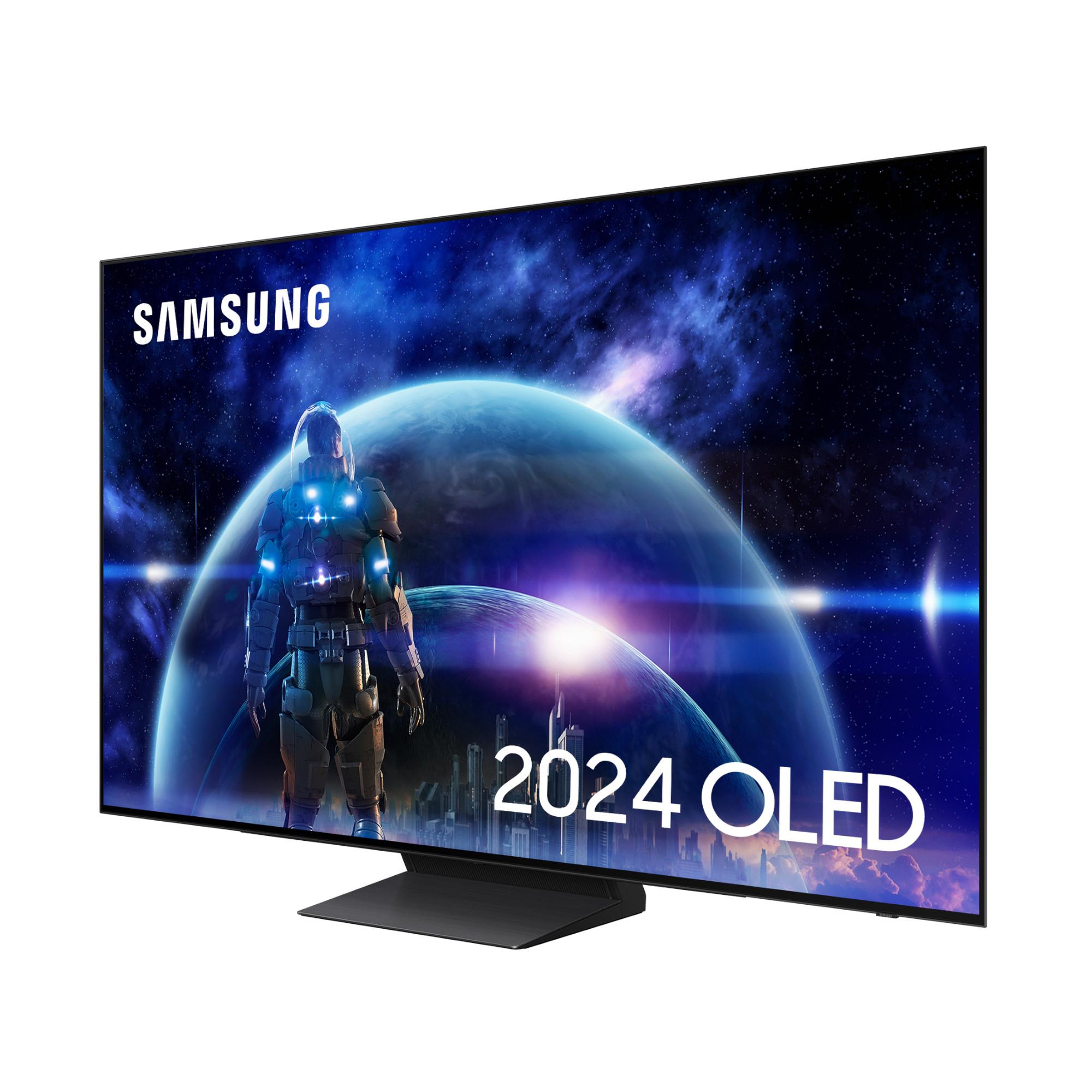





































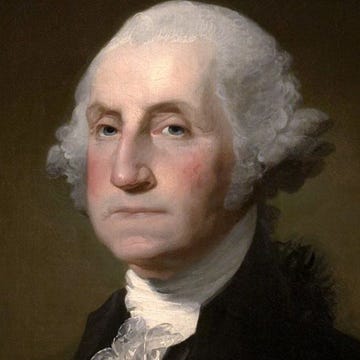


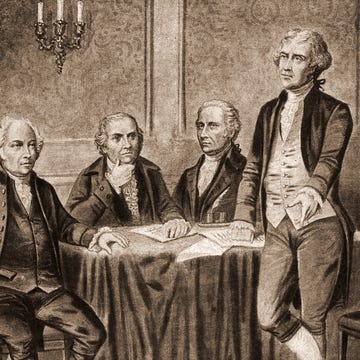
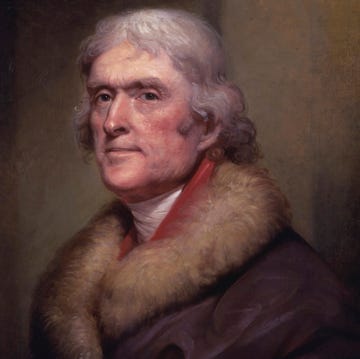


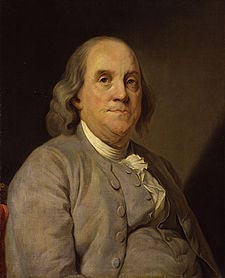

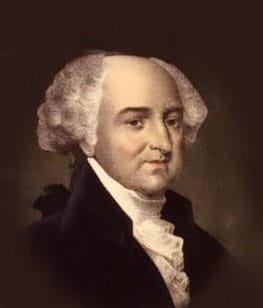

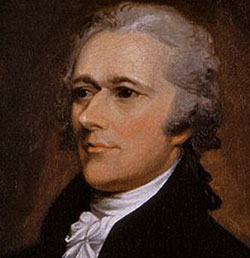

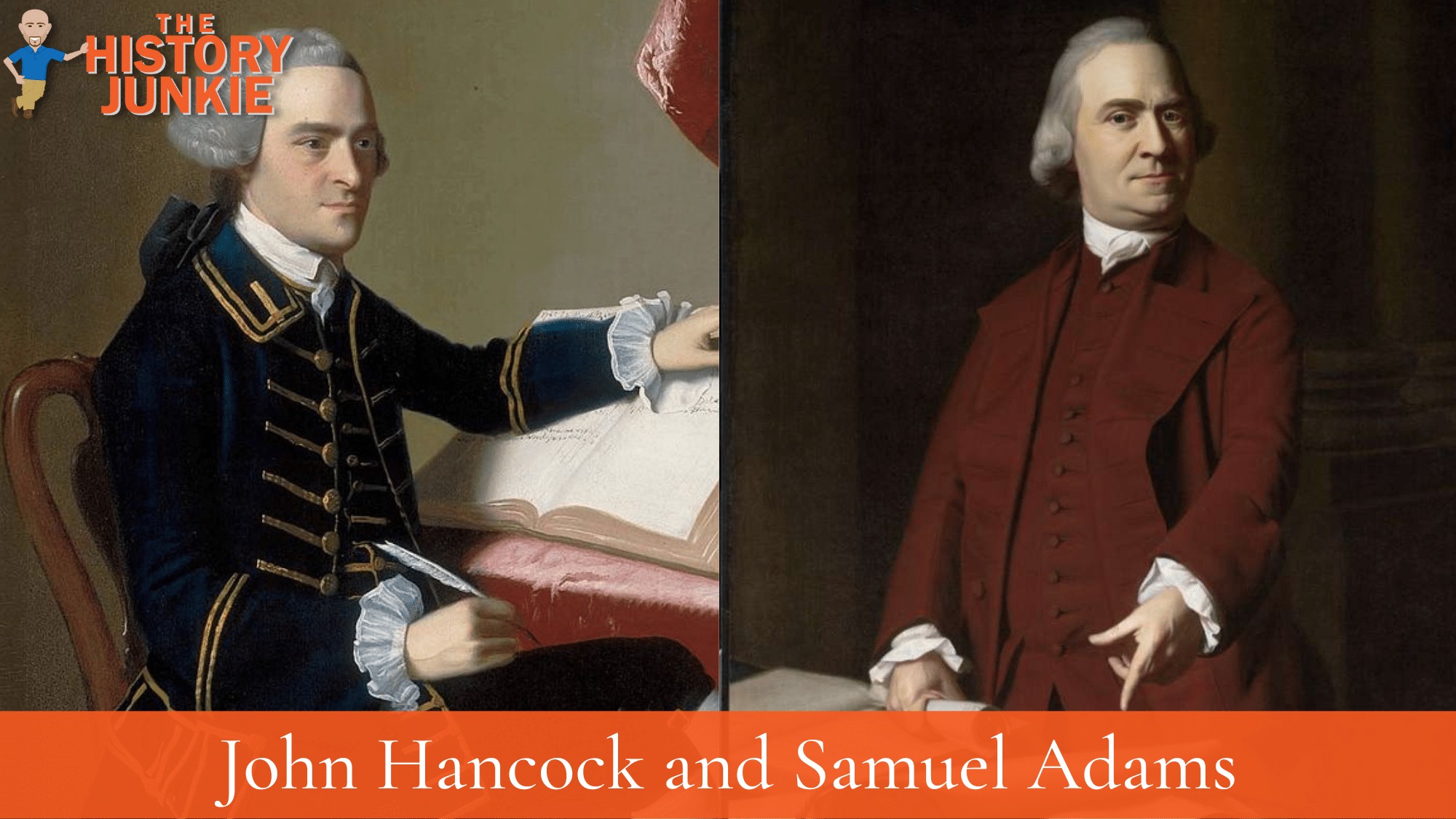





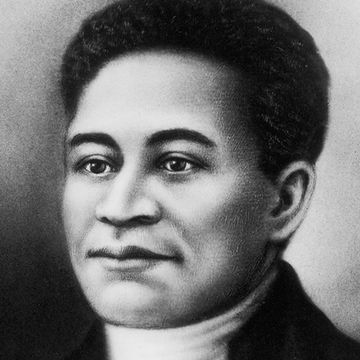
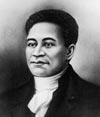




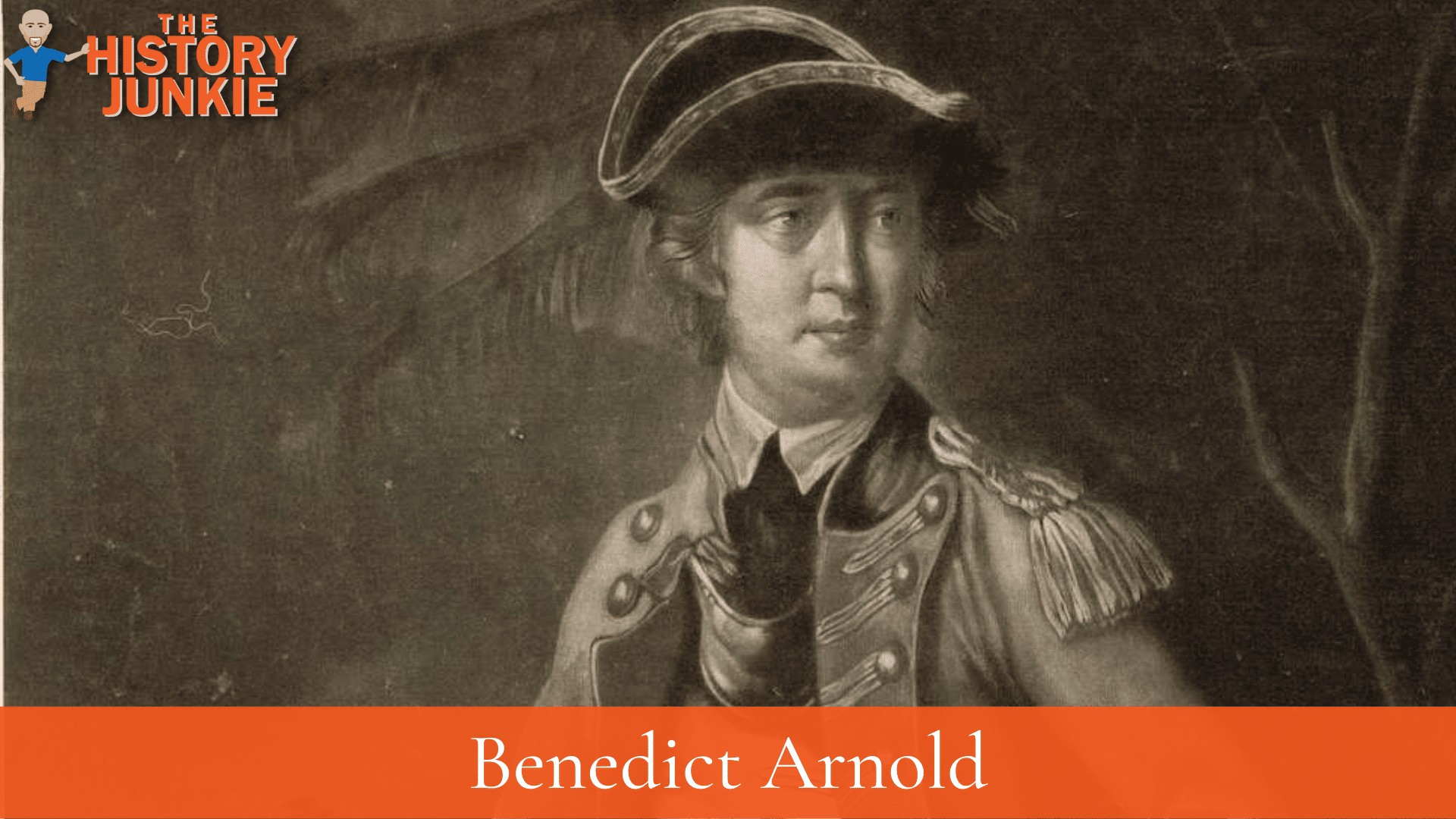

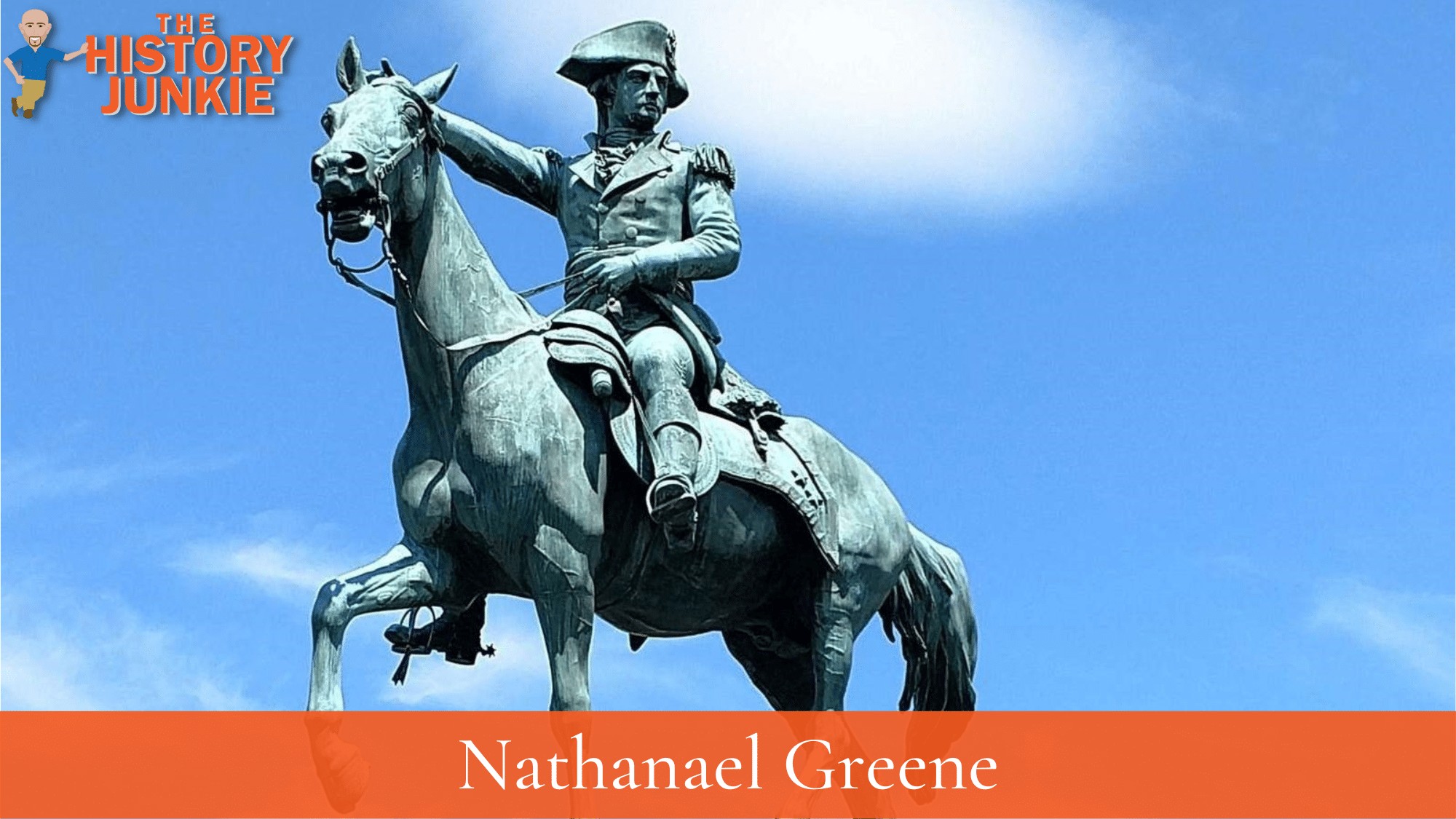
,-in-uniform-with.jpg)


